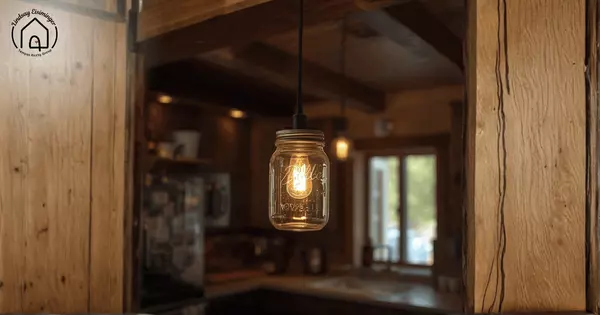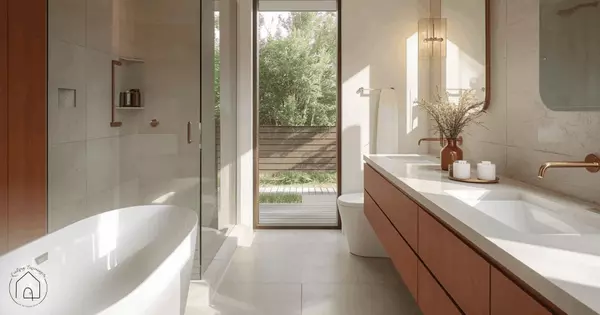Transform Your Home with New Windows
Upgrading your home’s windows can significantly enhance its aesthetic appeal, energy efficiency, and overall value. Whether you’re looking to reduce your energy bills, improve security, or simply give your home a facelift, here’s a comprehensive guide to help you through the process.
1. Assess Your Current Windows Start by evaluating the condition of your existing windows. Look for signs of wear and tear, such as drafts, condensation between panes, or difficulty in opening and closing them. This assessment will help you determine whether you need a full replacement or just a few repairs.
2. Set a Budget Window upgrades can vary significantly in cost. Establish a budget that considers the type of windows, installation costs, and any additional features you might want. Remember to factor in potential long-term savings on energy bills when calculating your budget.
3. Choose the Right Window Type There are several types of windows to choose from, including:
- Double-Hung Windows: Traditional style, easy to clean, good ventilation.
- Casement Windows: Hinged on the side, open outward, provide excellent ventilation.
- Bay Windows: Extend outward, offer more space and light.
- Sliding Windows: Slide horizontally, easy to operate. Consider your home’s architecture, your needs, and your aesthetic preferences when selecting the type.
4. Focus on Energy Efficiency Energy-efficient windows can significantly reduce your heating and cooling costs. Look for windows with low-E (low emissivity) glass, multiple panes, and gas fills (like argon or krypton). Energy Star-rated windows are a good indicator of high energy efficiency.
5. Consider Window Frame Materials The material of your window frames affects durability, maintenance, and insulation. Common materials include:
- Vinyl: Low maintenance, good insulation, affordable.
- Wood: High aesthetic value, excellent insulation, requires maintenance.
- Aluminum: Strong, lightweight, low insulation value.
- Fiberglass: Durable, excellent insulation, higher cost.
6. Hire a Professional Installer Proper installation is crucial for the performance and longevity of your new windows. Hire a reputable professional installer with good reviews and proper licensing. A professional can ensure that your windows are installed correctly and efficiently.
7. Prepare for Installation Day On installation day, make sure the work area is clear both inside and outside your home. Remove window coverings, furniture, and any obstacles that might hinder the installation process. Communicate with your installer to understand the timeline and any specific requirements.
8. Enjoy Your New Windows Once your new windows are installed, enjoy the benefits they bring—enhanced curb appeal, better energy efficiency, increased comfort, and potentially higher home value. Don’t forget to maintain them regularly to keep them in optimal condition.
By following these steps, you can successfully upgrade your home’s windows and enjoy the myriad benefits that come with it. Whether you’re doing it for comfort, aesthetics, or energy savings, new windows are a worthwhile investment for any homeowner.
Categories
Recent Posts












